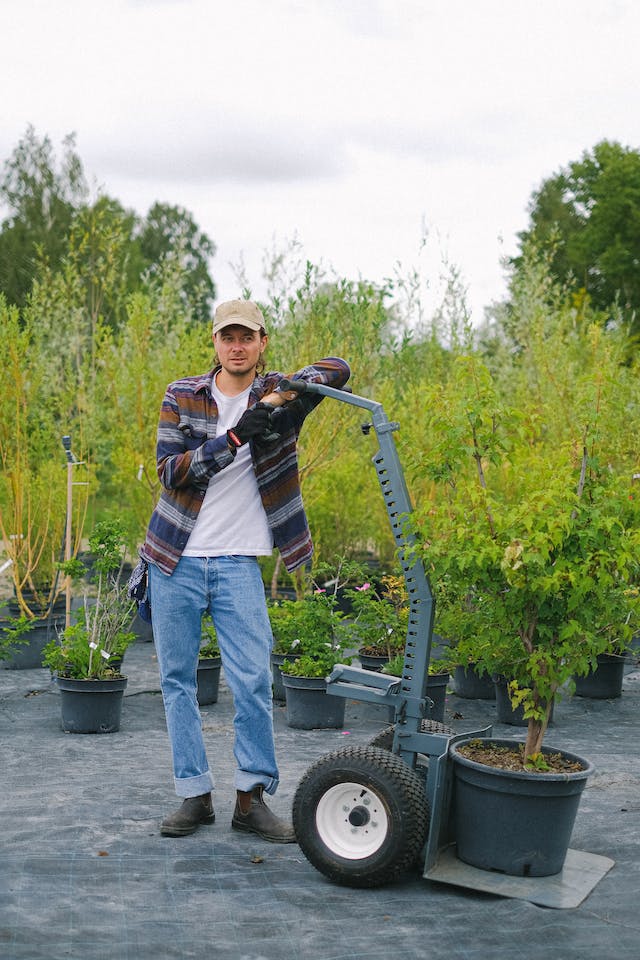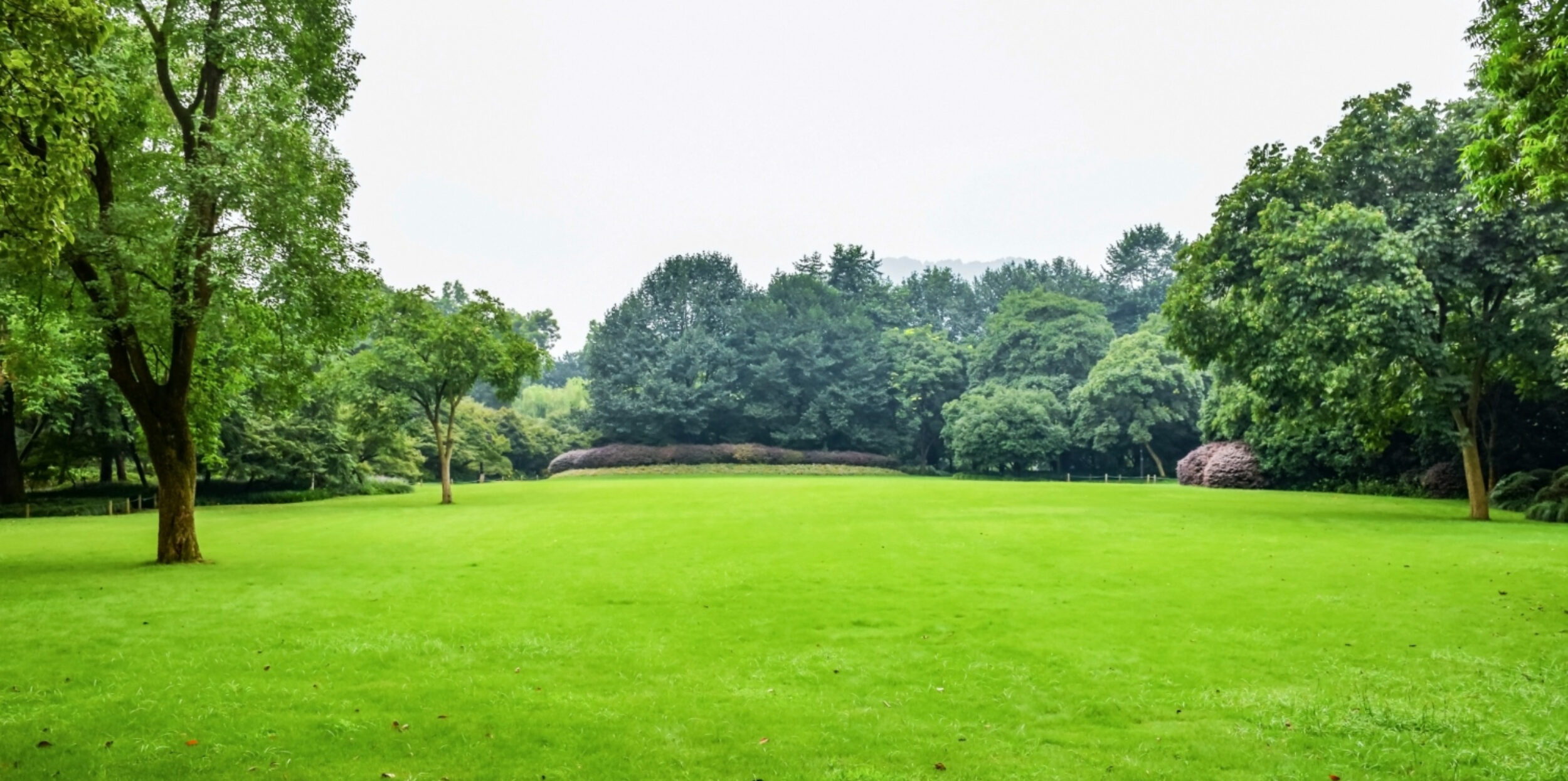 One of the secrets to a beautiful lawn is the quality, quantity, and depth of its roots. A good frequency of mowing and watering, well dosed, helps to provide them. If you are trying to revive a tired lawn or if, despite good maintenance, your lawn ends up needing a facelift, you can consider topdressing and fertilizing it.
One of the secrets to a beautiful lawn is the quality, quantity, and depth of its roots. A good frequency of mowing and watering, well dosed, helps to provide them. If you are trying to revive a tired lawn or if, despite good maintenance, your lawn ends up needing a facelift, you can consider topdressing and fertilizing it.
Indeed, after a few years, the soil on your land may lose nutrients, that is to say, phosphorus, potassium, and nitrogen. Feeding it with soil or fertilizer will enrich it. The nutrients thus assimilated will restore the beautiful color to your lawn, expand its foliage, and help strengthen its root system. Your lawn will thus be all the better prepared for the passage of time and, in particular, for the droughts of the summer seasons.
As for composting, it should be preferred initially. It is more ecological and natural and, in fact, more effective in the long term. Indeed, just like fertilization, topdressing consists of nourishing your land with nitrogen, phosphorus, and potassium. Even more than fertilizing it, it will also contribute to the renewal of the earth, improve its structure, and, if necessary, correct its density and acidity. It will provide nutrients to your lawn in a gentle, diffuse, and deep manner by feeding it in particular with bark, minerals, peat, sand, manure, etc. Topdressing will thus take place with an aeration or scarification operation. To choose your soil carefully, ask a professional for advice: they will be able to guide you, or even, if you wish, test the soil in your garden to find out its specific needs.
As with potting soil, there are several fertilization products depending on the nature and type of your lawn. It is generally recommended to feed the lawn with nitrogen at the end of winter in order to visibly care for its leaves. But the most important thing is undoubtedly to provide it with phosphorus and/or potassium in autumn in order to nourish its roots. This will strengthen your lawn in the long term. In all cases, water the lawn thoroughly before and after spreading the fertilizer product. Always follow the advice given on the packaging and never exceed the prescribed doses. Furthermore, you can also always seek advice from a landscaping professional.
Finally, to nourish your lawn, choose ecological products. They are efficient, and your land will be even cleaner in the long term. Also, always remember to use freshly cut grass and compost as fertilizer. They alone will provide a very large portion of your lawn’s nutrient needs. You can even use coffee grounds or eggshells, which make excellent natural fertilizers!
How to properly maintain a lawn?
Fertilize the lawn twice a year.
To strengthen your lawn and obtain a green, dense, and resistant lawn, add special lawn fertilizer (based on nitrogen, phosphorus, and potassium) twice a year (in spring and autumn).
Prefer natural fertilizers to chemical fertilizers from the recycling of plant or animal materials. There are two types of fertilizers: “quick release” and “slow release”. The rapid release of nitrogen, to be used in spring, will promote rapid recovery of the lawn (growth, green color), while the slow release, to be used in autumn, will spread its effect over the longer term.
Fertilizer can be applied by hand or by spreader. The latter will allow you to disperse the fertilizer evenly. Water thoroughly after application so that the fertilizer penetrates the soil properly.
The addition of fertilizer strengthens the grasses and densifies them, which leaves less room for weeds and moss.
Tip: There are also fertilizers combined with anti-moss and weed control products, allowing you to spread less often and, therefore, reduce the maintenance time required.…

